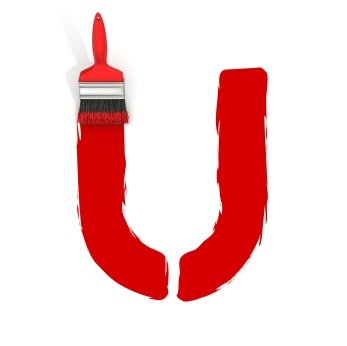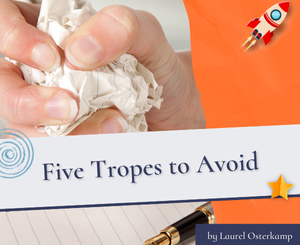Artist Entrepreneur: U for Unity— The Artist’s Alphabet Guide to Writing About Your Art by Aletta de Wal
 Welcome to the Artist Entrepreneur Column, an occasional series where we talk about the fun, wild and scary ride of succeeding as an artist entrepreneur of all stripes and types and mediums.
Welcome to the Artist Entrepreneur Column, an occasional series where we talk about the fun, wild and scary ride of succeeding as an artist entrepreneur of all stripes and types and mediums.
Welcome back guest columnist, Aletta de Wal. She specializes in helping visual artists succeed in their fine art careers. She posts regularly on “The Artist’s Alphabet Guide to Writing About Your Art” and other success tips for fine artists on the topic of writing. Today it’s U for Unity. Enjoy!
***
“A principle of art, unity occurs when all of the elements of a piece combine to make a balanced, harmonious, complete whole. Unity is another of those hard-to-describe art terms but, when it’s present, your eye and brain are pleased to see it.”[1]
If I say Vincent Van Gogh, Jackson Pollack, Lee Krasner, “The Thinker,” “The Scream” or “The Mona Lisa” chances are you see an image of the artist or their work in your mind.
Another phrase for ‘unity’ is signature style. There are many elements that you can combine to create (and unify) your unique signature style in both art and marketing.
Since this article is about writing about your art, lets compare the elements of signature style in visual art to writing about your work:
- Composition applies to both making art and writing about it.
Composition includes the arrangements, balance, rhythm, connections, and variety of your expression.
- Design elements in art include colors, values, contrast, textures, surface, forms, lines, shape, scale, proportions, focal points, perspective, and use of space.
In writing, the equivalent of design is the visual identity of your published writing, including word marks, logo, fonts, layout and illustrations.
- Image Style in art is described as Abstract, Conceptual, Expressionist, Figurative, Impressionist, Realistic, or Surrealistic.
In writing, the comparable range of styles is educational, entertaining, factual, informative, interpretive, motivational, promotional, reassuring, or stream of consciousness.
- Light in art is direct or indirect, and visible in reflections and shadows.
In writing, you illuminate your topic with allusions, derivatives, descriptions, examples, and opposites.
- Media means the materials you use to create your art, such as clay, bronze, ephemera, paint, or wood.
In writing, you use words, voice, emphasis, metaphors and similes to describe your art, intentions and accomplishments.
- Substrate is the surface on which you create your art, e.g. canvas, clay board, glass, paper, vinyl, or metal.
Your writing is distributed on “platforms” including print for hardcopy and digital for Internet communications.
- Techniques or the methods you use to create your art may include leaving visible marks of the tools you use, e.g. palette knife, engraving tools.
In writing, the techniques may not be visible. (I still start any writing with hand written notes, perhaps post-it notes to sort and arrange basic ideas into a rough plan; then a mind map before a draft in Word.)
- Themes and Motifs in both art and writing include repeated symbols, and suggestive aspects of the ideas, people and/or places you express.
- Subject Matter in your art means the ideas and topics in the literal, visible images or forms you create.
In writing about your art, you use words to describe the visual subjects and ideas your work represents, as well as your career achievements.
- Presentation of finished work includes your choice of consistent materials and attention to detail in armatures, contexts, frames, joins, mountings, stands, or supporting devices, and any other items specific to the presentation of the work itself.
The counterpart in writing is the care you take in choosing the right words, voice and style for the purpose of your writing; using correct grammar, spelling and punctuation; adding appropriate headings and sub-headings; using relevant images – all to showcase your words and thoughts with as much care as you do your visual art form.
I’m sure that Beth can help you craft your writing skills so that more people will remember you and your art.
“The essence of the beautiful is unity in variety.” – William Somerset Maugham
Next time, V for Variety
***
 About the Author: Aletta de Wal, Artist Career Training
About the Author: Aletta de Wal, Artist Career Training
Aletta de Wal inspires fine artists to make a better living making art in any economy.
Aletta works with part-time, emerging and full-time artists who are serious about a career in fine arts. Aletta makes make art marketing easier and the business of art simpler.
More information at: http://www.artistcareertraining.com/artmatters-newsletter/





